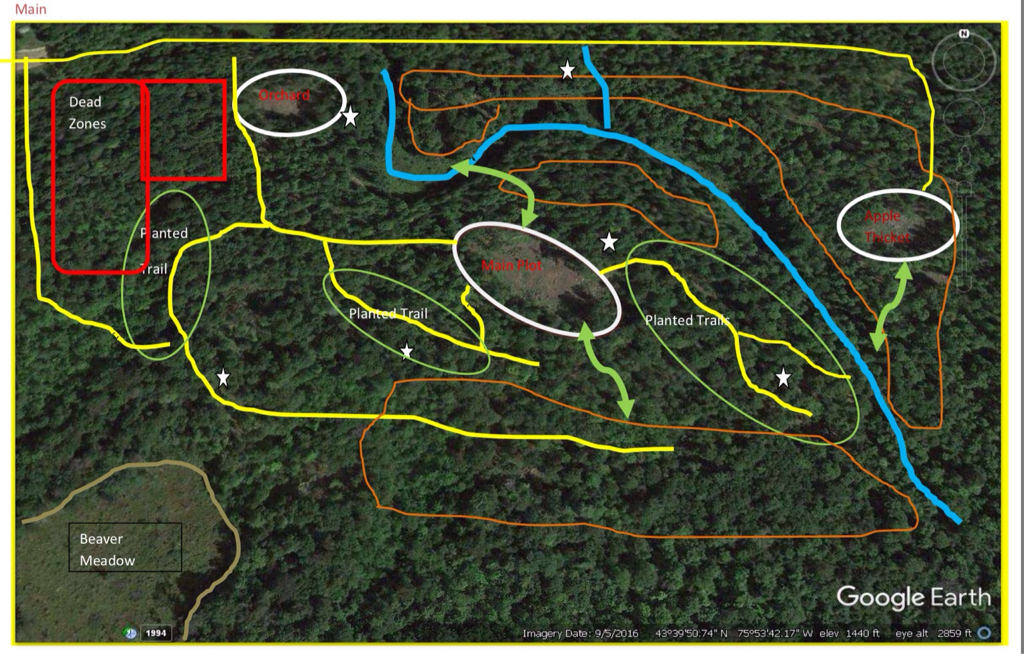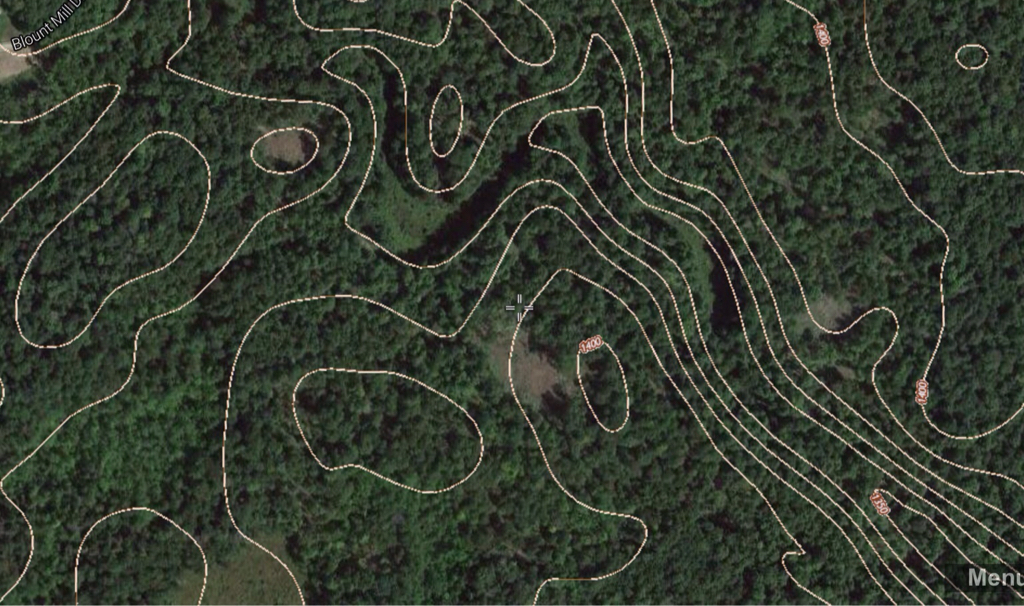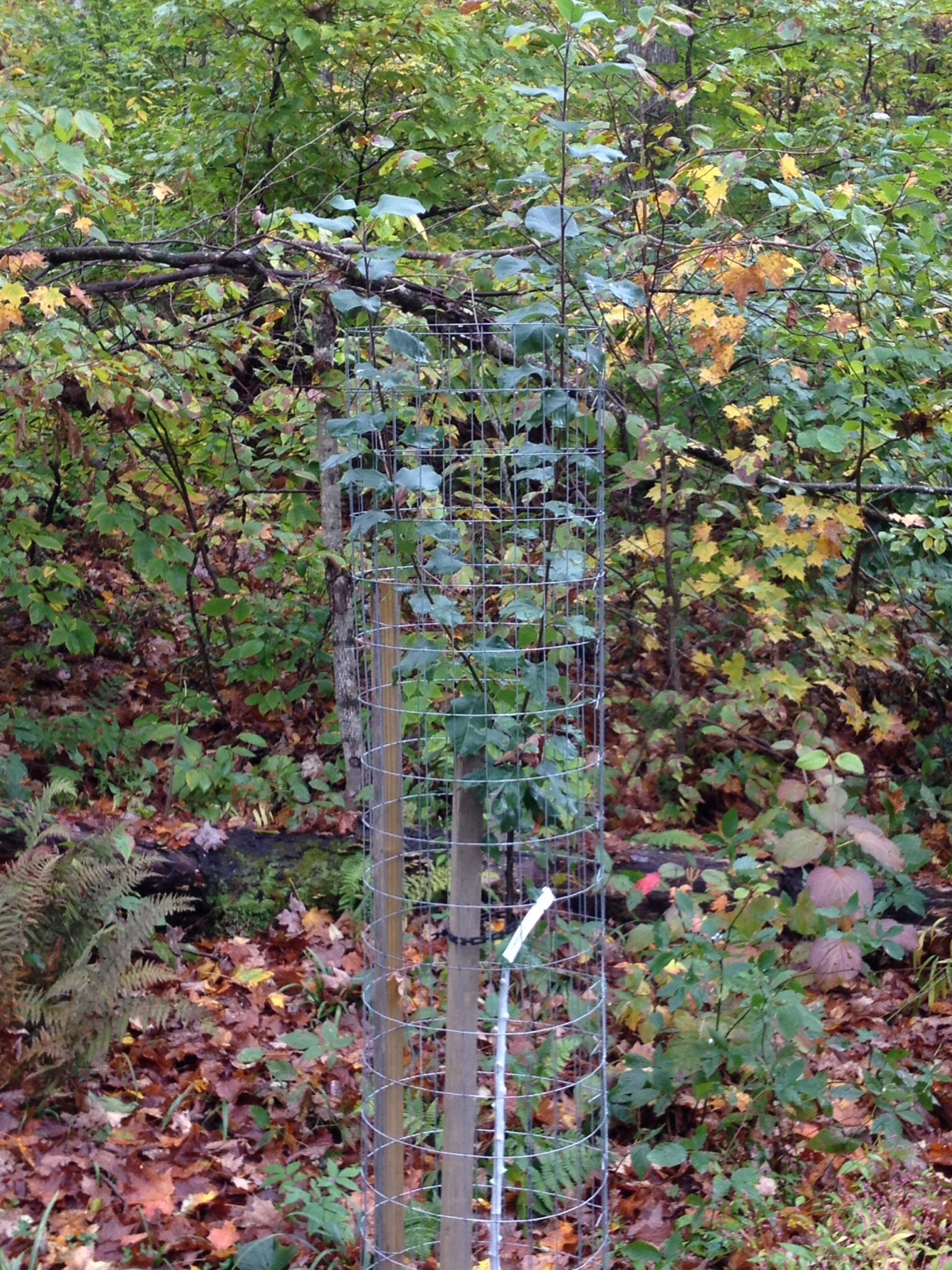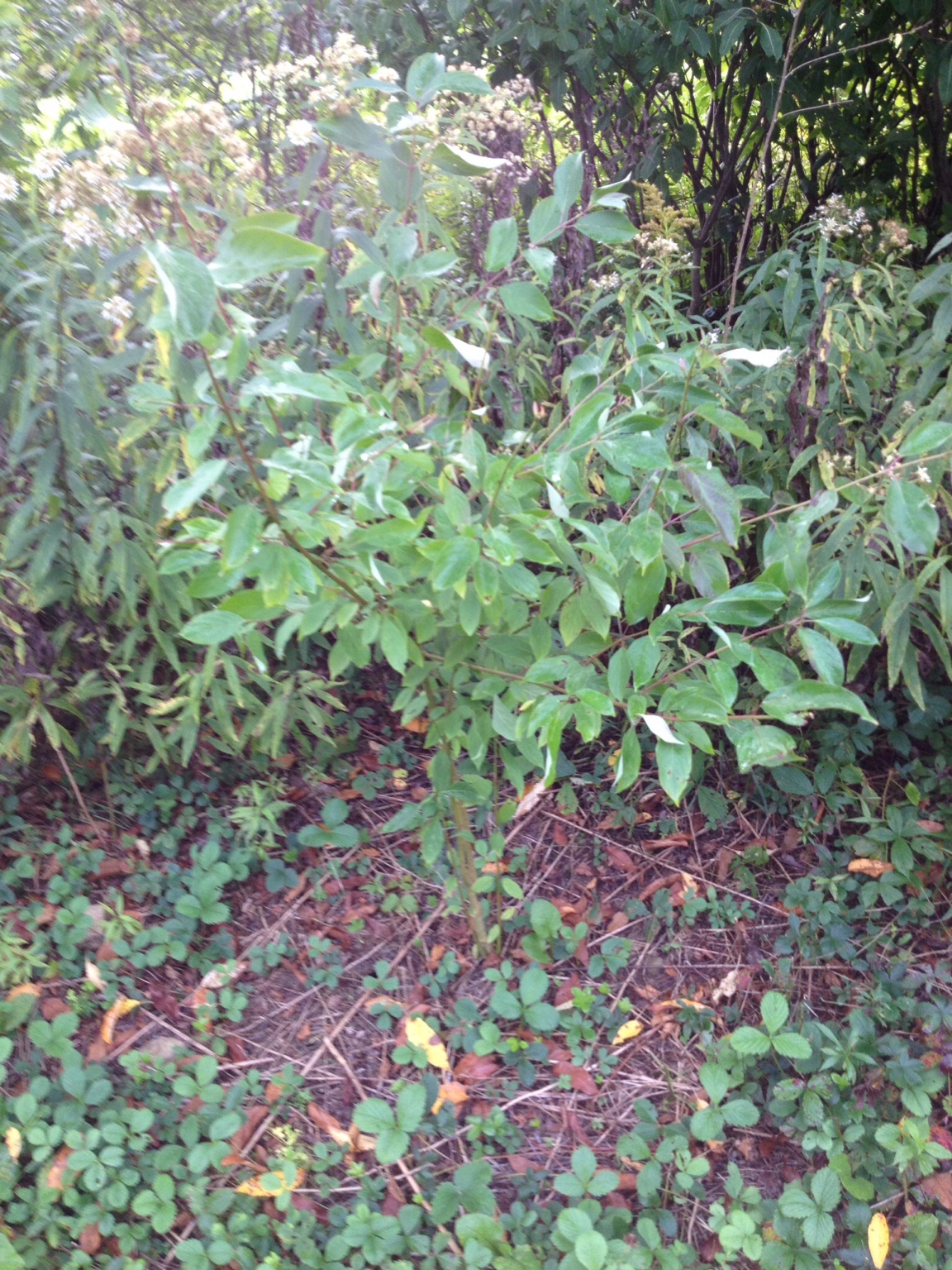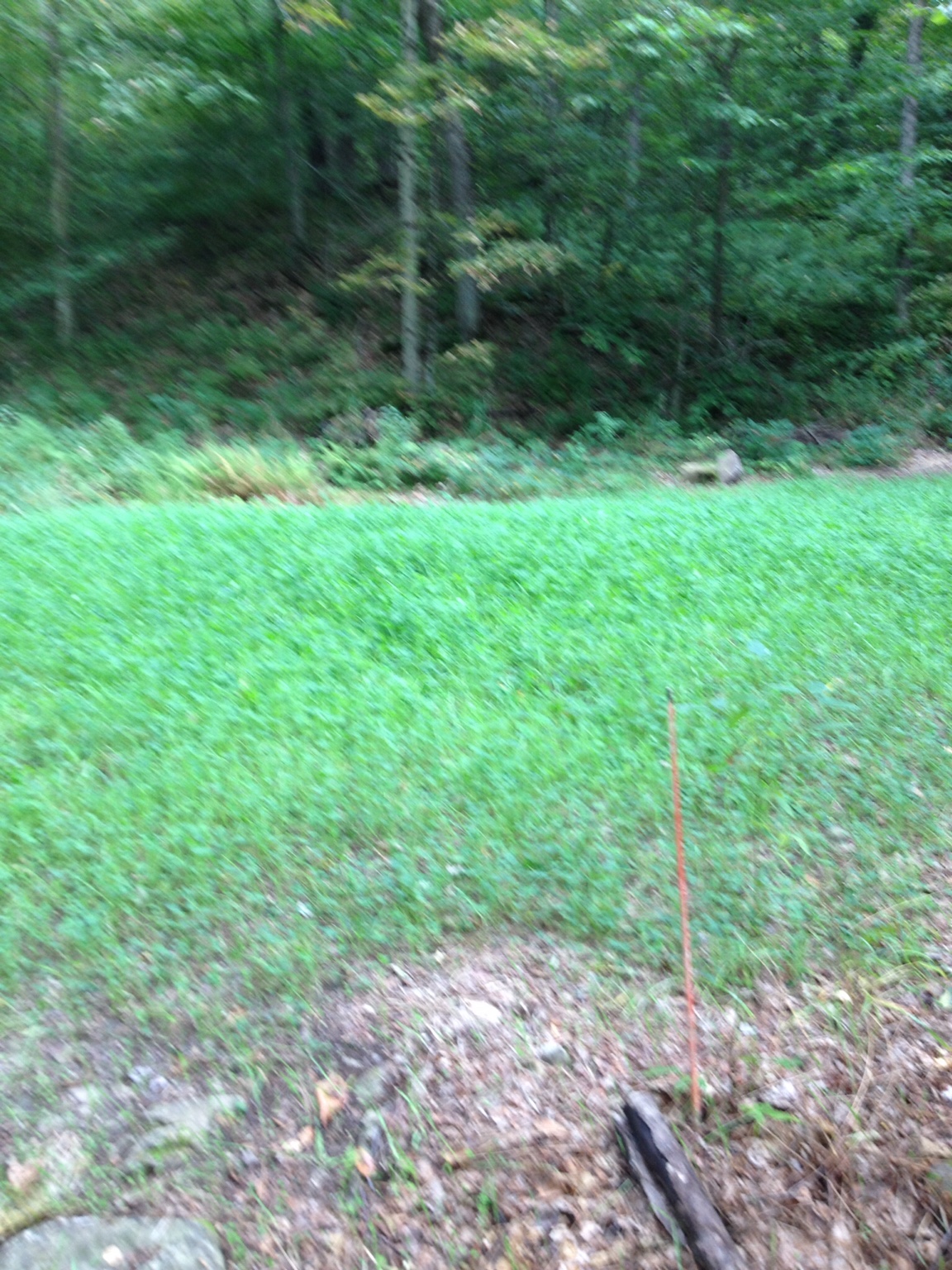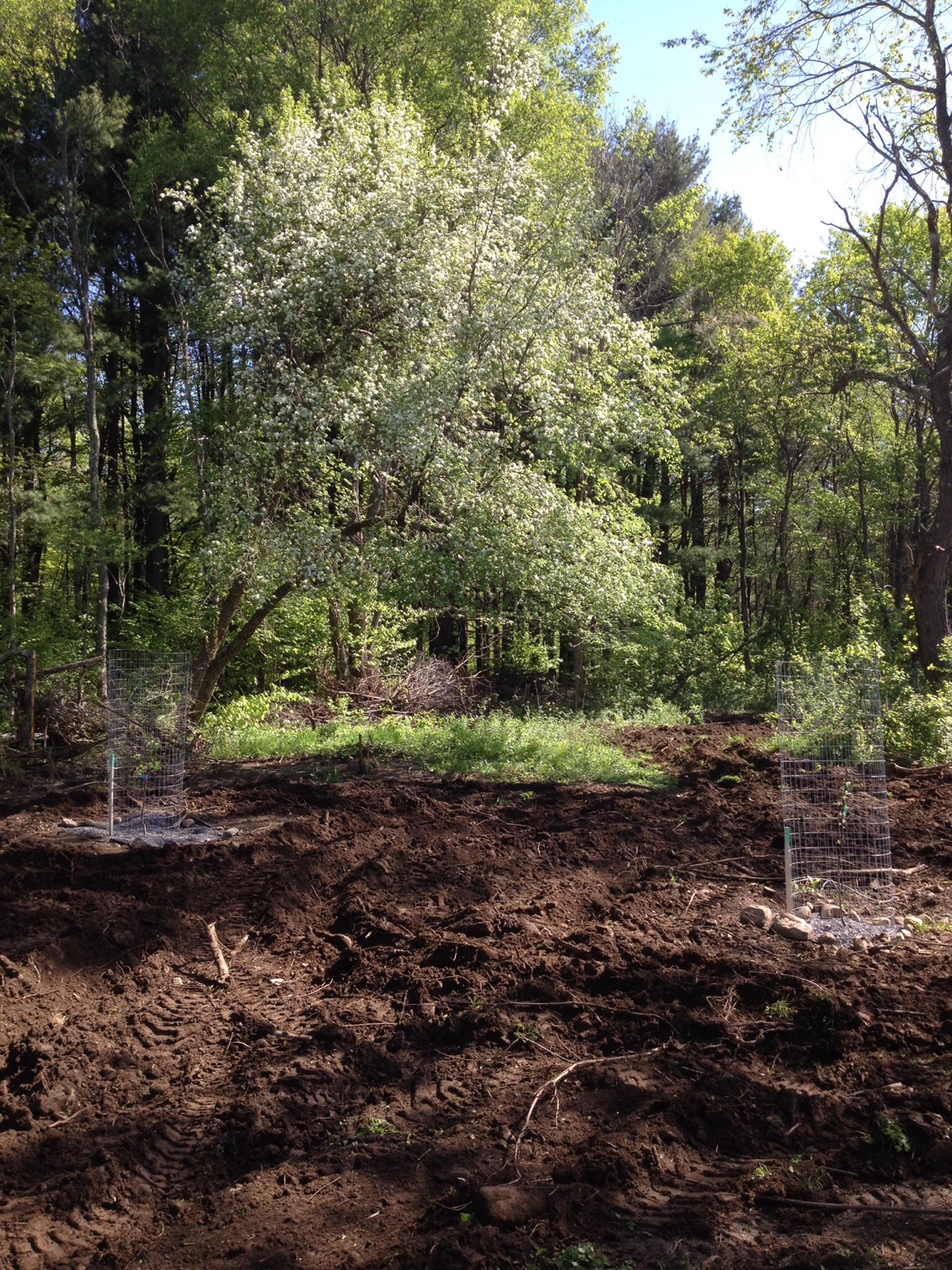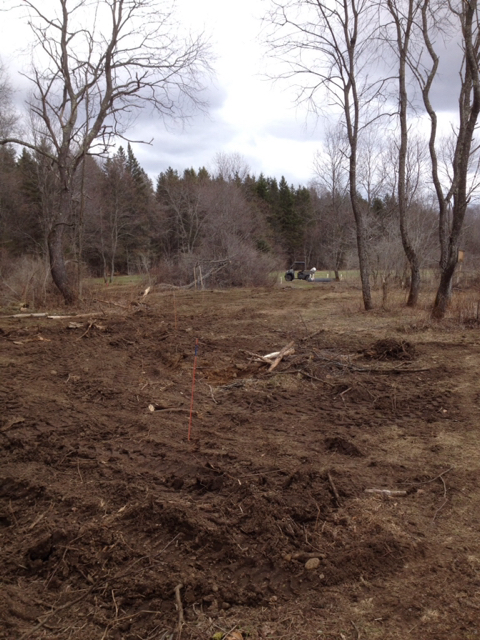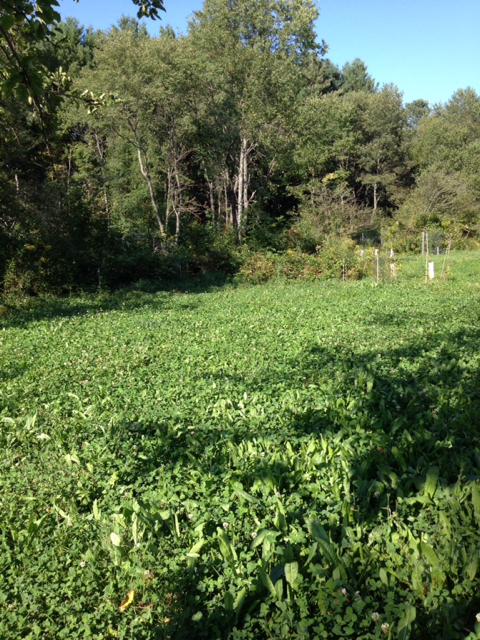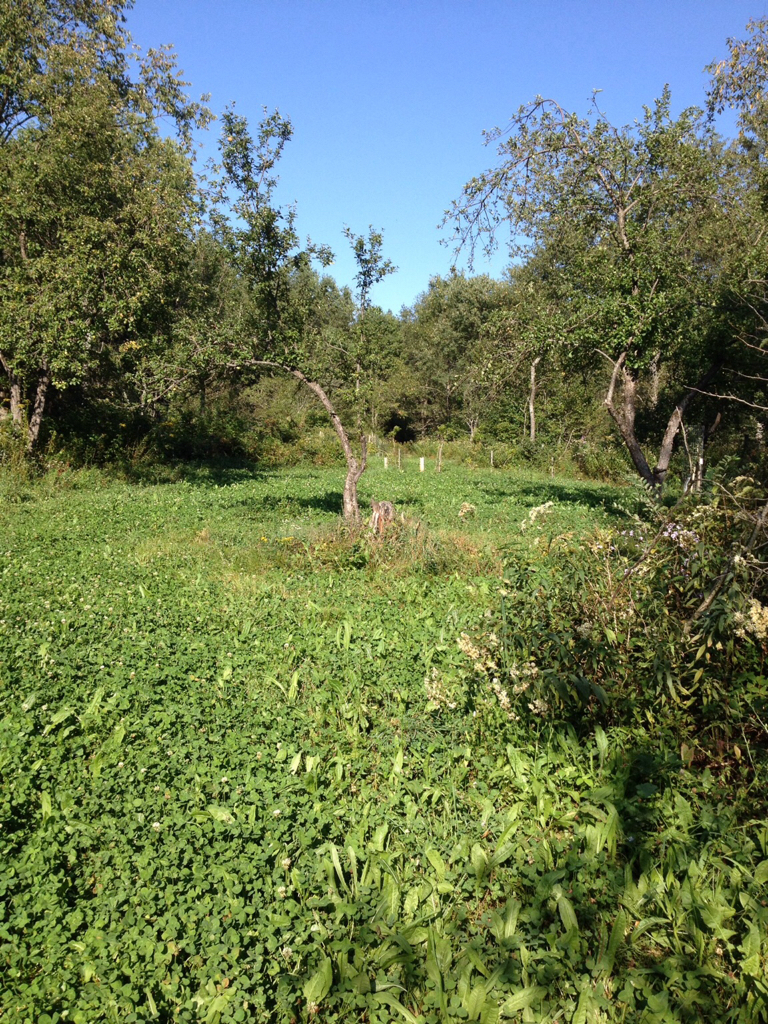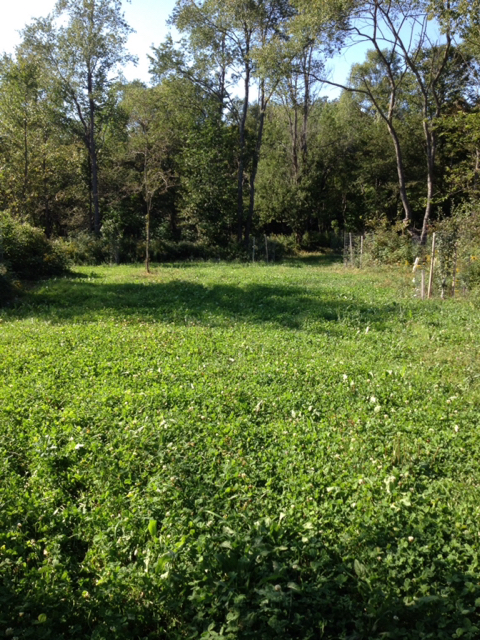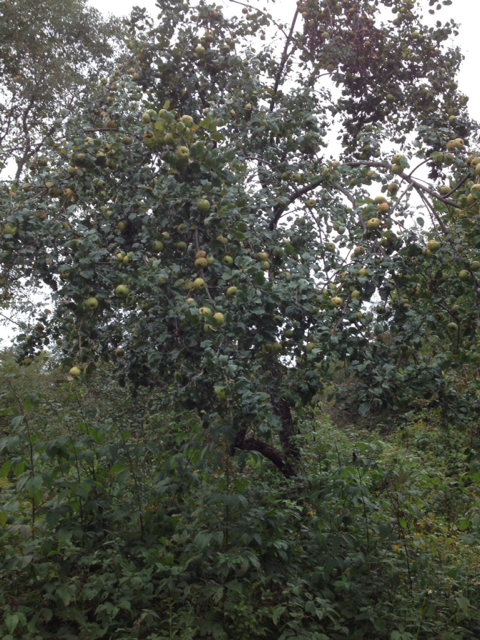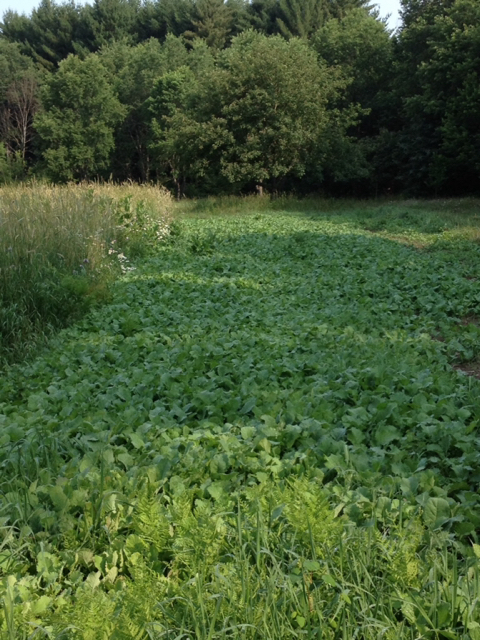Here are some quotes I took off of this website
https://www.orangepippintrees.com/articles/planting-growing/pollination-of-fruit-trees
"Pollination also depends on having blossom to be pollinated - which is why the risk of late frosts which can damage blossom is sometimes a concern. Frosts just after pollination can also damage the first stages of fruit formation."
"Temperatures at blossom time are also very significant for effective pollination. Pollen germination in apples works best at temperatures in the range 15C-20C / 60F-70F. If you are in an area where spring temperatures are less than this (say around 10C / 50F) then you will need lots of pollinators and/or varieties that can germinate pollen at lower temperatures. James Grieve and some of its relatives (e.g. Falstaff) produce pollen which is viable in cool spring temperatures, as does Spartan."
"Rootstocks and flowering groups
Another complication is that the rootstock can affect the flowering times. For example, any apple variety grafted on the MM106 rootstock will tend to flower a few days ahead of the same variety on most other apple rootstocks, whilst the M9 and M25 rootstocks tend to delay flowering by a few days."
"Good pollinators and poor pollinators
Some varieties naturally tend to produce a lot of blossom over a long period, and/or are genetically highly compatible with a lot of other varieties - this makes them good pollinators for other varieties. Most crab apples fall into this category and commercial apple orchards sometimes inter-plant them for this purpose."
I see on your post made while I was writing this one that you have the pollinator thing down--excellent. My point here is that all of the best apples everyone else is using may or may not fit your very unique weather that the Hill "enjoys".
On the migration trail, I've heard the same thing. This year was early because of that earlier snow we had.
On the more deer trails, as you say, the deer will follow the logging roads that do not have pressure on them . The key in using those roads to move deer through the hinge cuts will be to be sure trails hook to them to bring the deer by your more low-impact stands. The crazy best stands will have the most heavily used trails junction by them, the best low impact access, and the most edge junction by them. Probably a scrape line, rubbed trees, browse and a waterhole all within view of the stand adds to making that super stand also. I know you already know this but when making out the plan it is easy to lose some of these thoughts. I'm not saying that keeping the deer away from the dangerous NW edge is not as important but only that making some stands as best as they a stand can be needs to be considered at the same time also.
The winds are pushing thirty already; its looking like a big one coming.
On the migration trail, I've heard the same thing. This year was early because of that earlier snow we had.

